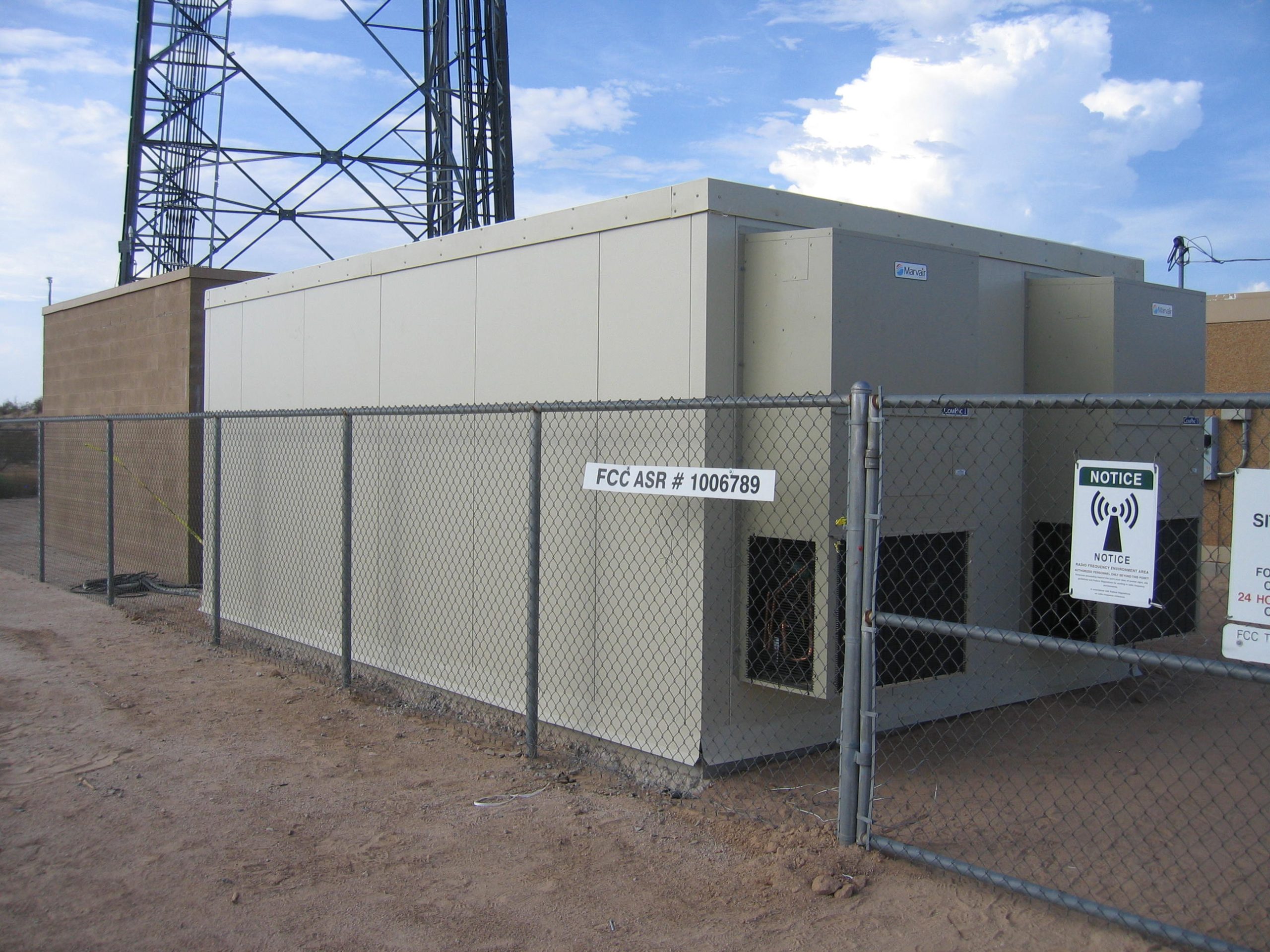Modular construction, a method where buildings are constructed off-site under controlled conditions and then assembled on-site, has grown in popularity due to its efficiency and sustainability. Despite its advantages, several misconceptions persist about the quality, appearance, and durability of modular buildings. This article aims to dispel these myths and shed light on the real benefits of modular construction.

Myth 1: Modular Buildings Are Low Quality
Modular buildings are often held to higher quality standards compared to traditional construction. Because they are fabricated in a controlled factory environment, manufacturers can more closely monitor the assembly process and ensure consistent quality. Furthermore, the materials and components used are the same as or superior to those in conventional construction, resulting in structures that meet or exceed building codes.
Myth 2: They’re Only for Temporary Structures
While modular buildings can be used for temporary installations, such as construction site offices or emergency housing, they are also extensively used for permanent structures. Enviro Buildings are employed in creating durable, long-lasting buildings for communications, construction, and industrial purposes, demonstrating their versatility and permanence.


Myth 3: Modular Construction Is More Expensive
Although the initial cost of modular construction can be comparable to traditional building methods, it offers significant savings in other areas. The speed of construction reduces overall project time, which in turn decreases labor costs and the expense associated with construction delays. Additionally, the controlled manufacturing environment reduces waste and the potential for budget overruns.
Myth 4: They Are Not Durable
Modular buildings are designed to withstand the same environmental stresses as traditional buildings. They must adhere to the same codes and regulations, ensuring they perform well in various climates and conditions. In fact, the off-site construction process can often enhances structural integrity standards as each module is engineered to be transported.


Myth 5: Modular Buildings Aren’t Eco-Friendly
Contrary to this myth, modular construction is often more sustainable than traditional methods. The factory setting allows for more precise material usage and reduces waste. Additionally, the ability to better control inventory and streamline processes minimizes the environmental impact. Many of Enviro Buildings modular construction projects also incorporate energy-efficient windows, and high-quality insulation.
Conclusion
Modular construction is a modern, innovative approach that offers numerous benefits over traditional building methods, including quality, customization, and sustainability. By dispelling these myths, we hope to provide a clearer understanding of modular construction’s potential and encourage more architects, builders, and consumers to consider this efficient construction method for their next project.

